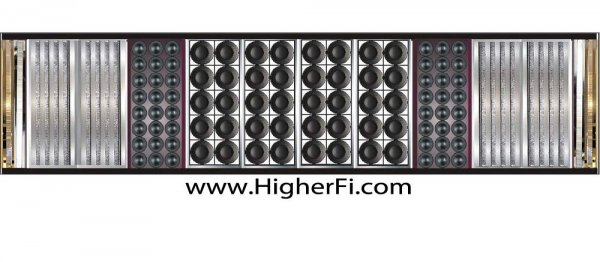Agree about how difficult it is to setup panel speakers , ML's do have an upper midrange glare I'm sensitive too , which is not present in quads (new or old) acoustats or soundlabs and I'm willing to accept this could be related to setup issues , but it was present in all setups i have ever heard (a lot) , same as the 20.1 , i have never heard one sound proper , not at dealers , nor at any friends and or associates homes , never heard one to justify the extra expense over the 3.6 , not saying it cant , just never experienced such and again on numerous occasions ..
Gary , did say the newest generations are a vast improvement over previous , I'm sure one of my MAGGIE certified friend's will soon acquire one for me to find out ...








